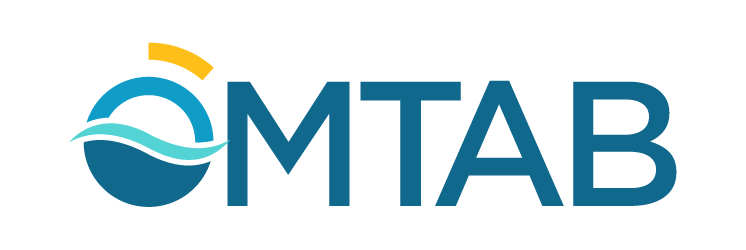Oxygen Optode Sensors: Principle, Characterization, Calibration, and Application in the Ocean
Résumé
Recently, measurements of oxygen concentration in the ocean -one of the most classical parameters in chemical oceanography-are experiencing a revival. This is not surprising, given the key role of oxygen for assessing the status of the marine carbon cycle and feeling the pulse of the biological pump. The revival, however, has to a large extent been driven by the availability of robust optical oxygen sensors and their painstakingly thorough characterization. For autonomous observations, oxygen optodes are the sensors of choice: They are used abundantly on Biogeochemical-Argo floats, gliders and other autonomous oceanographic observation platforms. Still, data quality and accuracy are often suboptimal, in some part because sensor and data treatment are not always straightforward and/or sensor characteristics are not adequately taken into account. Here, we want to summarize the current knowledge about oxygen optodes, their working principle as well as their behavior with respect to oxygen, temperature, hydrostatic pressure, and response time. The focus will lie on the most widely used and accepted optodes made by Aanderaa and Sea-Bird. We revisit the essentials and caveats of in-situ in air calibration as well as of time response correction for profiling applications, and provide requirements for a successful field deployment. In addition, all required steps to post-correct oxygen optode data will be discussed. We hope this summary will serve as a comprehensive, yet concise reference to help people get started with oxygen observations, ensure successful sensor deployments and acquisition of highest quality data, and facilitate post-treatment of oxygen data. In the end, we hope that this will lead to more and higher-quality oxygen observations and help to advance our understanding of ocean biogeochemistry in a changing ocean.
Domaines
Océanographie| Origine | Publication financée par une institution |
|---|


